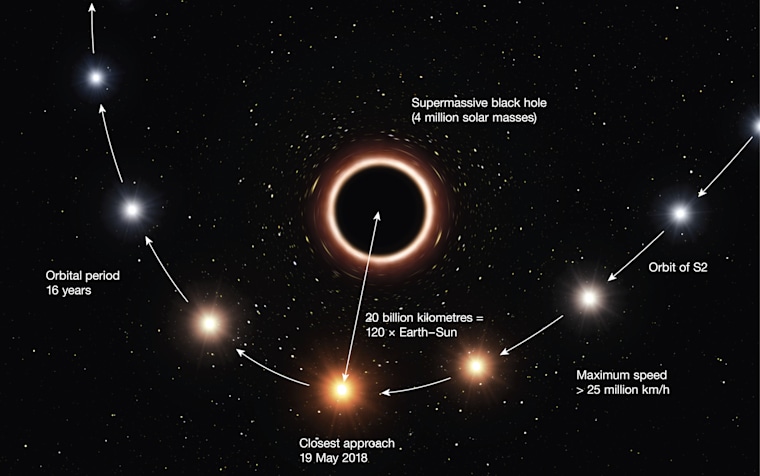

When this wind collides with infalling matter, the momentum cancels out leaving the products of the collision a certain distance from the black hole. This energy, he says, causes black holes to leak matter, creating a “wind” of particles that stream away.

The new theory “gives a general mechanism by which a central black hole can catalyze galaxy formation,” says Stephen Adler, at Princeton University in New Jersey.Īdler’s new theory is based on the way black holes interact with dark energy, which astronomers think fills the universe. Now a new theory of black holes explains this process. If it is true, something must stop stars from falling into black holes as they form, but nobody knows what. That has led to the proposal that galaxies form around black holes which act as seeds for this process.īut there is a problem with this idea. One clue comes from the observation that most galaxies contain massive black holes at their centers. At issue is why stars gather into “island universes” rather than spreading out evenly through the universe. When the stars collapse into black holes, their gravitational fields preserve the memory of what the stars were made of and lead to the conclusion that black holes do have hair, after all.One of the great mysteries in astronomy is how galaxies form. At the classical level, the two stars have the same gravitational potential, but at the quantum level, the potential depends on the star's composition. The researchers compared the gravitational fields of two stars with the same total mass and radii but different compositions.

student Folkert Kuipers have demonstrated that the black hole leaves an imprint in the gravitational field of the black hole. Professor Xavier Calmet from the School of Mathematical and Physical Sciences along with Professor Roberto Casadio, Professor Stephen Hsu of Michigan State University, and Ph.D. The information paradox is basically two sides of physics that contradict each other and could have repercussions the world over as they guide our understanding of the universe and deep space exploration. They are invisible.Ī black hole is formed from the death of a star. Since no light can get out, people can't see black holes. The gravity is so strong due to the matter being squeezed into a tiny space. Black holes have a gravitational field that, at the quantum level, encodes information about how they were formed.Ī black hole is formed from the death of a star with such a high gravitational field that the matter gets squeezed into the small space under it, trapping the light of the dead star. Scientists now claim to have solved this information paradox and say that these objects are more complex than originally understood. One said nothing can escape a black hole, another, based on principles of thermodynamics, states that energy cannot be destroyed and if something goes into a black hole there has to be some information about it. A theory around black holes laid out by Stephen Hawking could have turned the world of physics upside down as it questioned the two pillars on which most of our understanding of the universe rests - the theory of relativity and quantum mechanics.


 0 kommentar(er)
0 kommentar(er)
